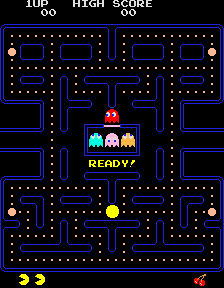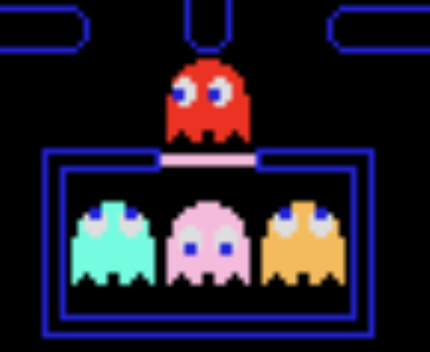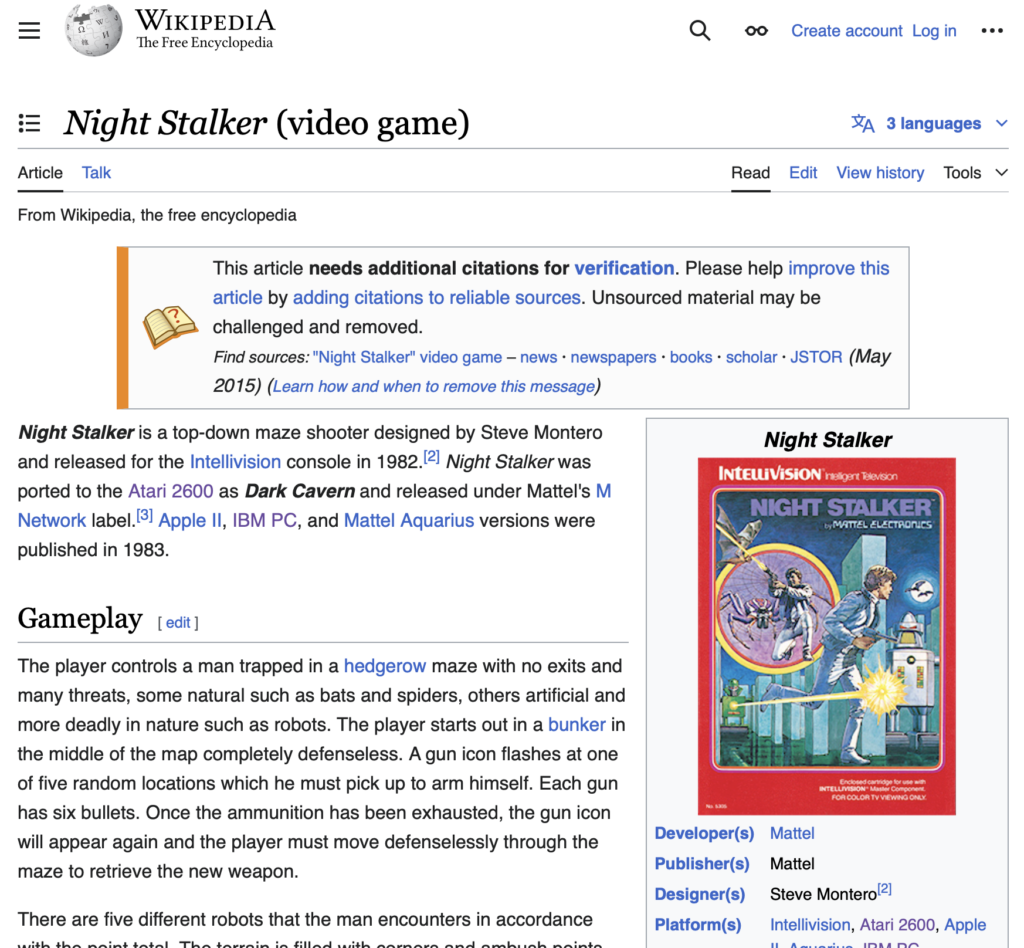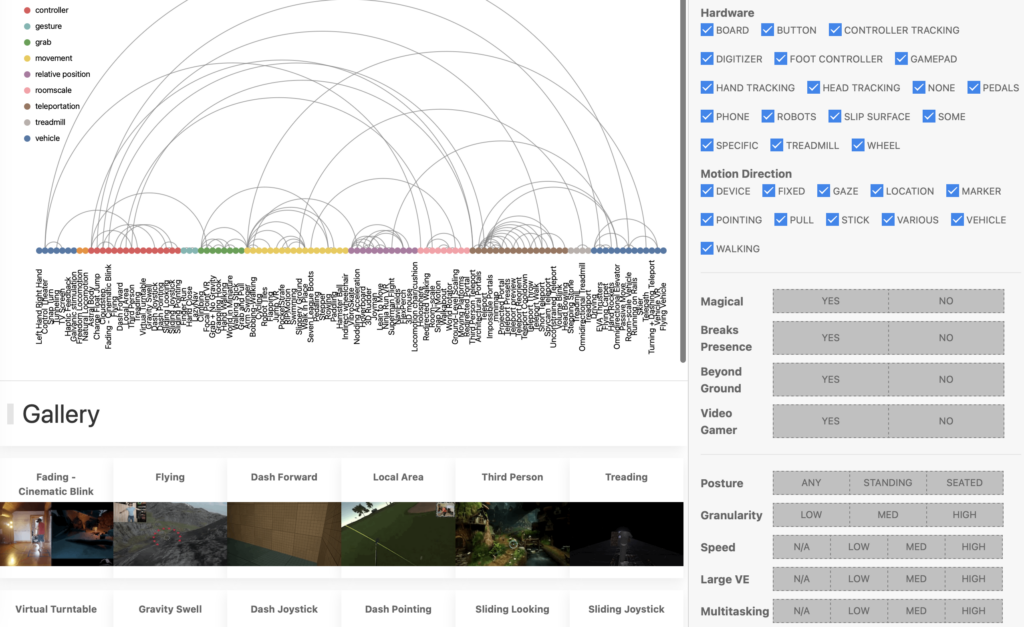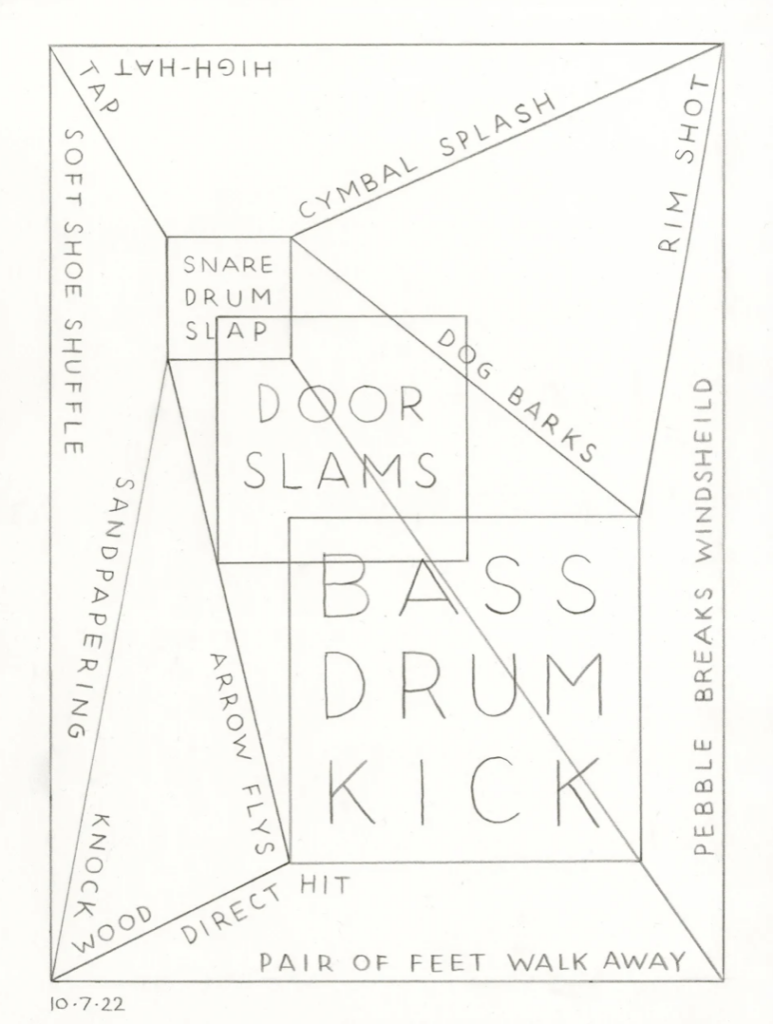(Geistiges) Eigentum
Es ist schon erstaunlich. Wir leben in einem fast schon totalen kapitalistischen System. In diesem gilt Eigentum als das Höchste aller Güter (und analoge Güter haben auch keine Halbwertszeit an Eigentum wie ‚geistiges Eigentum‘) und dennoch fand und findet eine der grössten Enteignungs- und damit Ausbeutungsaktionen der Weltgeschichte (soweit bekannt *) statt: Das Trainieren von neuronalen Netzwerken etwa LLMs mit BigData. Diese BigData-Daten sind von Menschen erstellte Daten wie Texte, Bilder, Filme, Tabellen etc. Die Intelligenz liegt also beim Menschen (mit Derrida: ihren Differenzen) und nicht bei der Maschine – denn ohne die Menschen sind diese neuronalen Netzwerk ungewichtet und wertlos. Anders übrigens als viele andere Arten von Künstlicher Intelligenz der 80er Jahre.
„Intelligenz“
Anders gesagt, die „Intelligenz“ wird anhand von menschlichen Erzeugnissen genutzt, um neuronale Netzwerke (erfunden in den 60er Jahren) zu trainieren. Die neueren Modelle stammen aus den 80er und den 2010ern Jahren. Diese Netzwerke sind anders als Ansätze in den 80er Jahren (noch) nicht wirklich regelbasiert oder hybride. Das heisst, es sind nicht clevere Algorithmen, sondern es reines (je nach benutztem Algorithmus darwinistisches) Optimieren der Netzwerke an Daten. In ihnen steckt also keine Intelligenz wie etwa in regelbasierten AI-Modellen. Die Intelligenz ist darin allein die Nutzung von synthetischen Neuronen und Synapsen und deren Gewichtungen (die Ideen dafür kommen aus der Biologie). Bei generativen Systemen kommt hinzu, dass diese genutzt werden um wieder Dinge zu ‚erzeugen‘. Dabei werden Theorien der Lingustik der letzten Jahrzehnte angewendet, um etwa bei ChatGPT statistisch das nächste Wort zu ‚errechnen‘. Es ist also letztlich ein lokales Plausibilitätsverfahren gegen den zu erstellenden Text.
Wie Kinder lernen? Am Rand ja!
Mit Intelligenz im Sinne von Lernen mit Eigengewichtungen, Ableiten von Regeln (Deduktion, Induktion) hat das nicht viel zu tun. Es ist auch nur ein Teil des Lernens von Kindern. Die mögen ja schon viel und oft „Failen“ müssen. Aber Hand aufs Herz, wer fährt schon 1 Mio mal gegen die Wand mit einem Auto, um zu lernen, dass man Wände nicht anfährt. Denn: Wir als Menschen lernen eben auch Regel-basiert und das ist unsere massive Stärke. Dazu nutzen wir unsere Neuronen eben auch. Es ist auch ökonomisch Regeln zu erstellen und mit wenig Information viel Abbilden zu können und damit auch Dinge voraussagen zu können. Nicht so die aktuelle Hype-KI: In Serverfarmen fahren KI-Autos millionenfach gegen Wände mit viel Energie, um zu „lernen“. Evolution war noch nie ein günstiges Verfahren – Evolutive Algorithmen sind verschwenderisch.
Kinder entwickeln auch ihr eigenes Weltbild, ihre eigenen Regeln, ihre eigene Weltsicht. Und was beim Output von Individuuen meist als „Die denken auch so“ aussieht, kann in ihrem Gehirn ganz anders funktionieren. Nicht so funktioniert ein generalisiertes NeuronalesNetz. Es hat letztlich ein mainstreamisiertes Weltbild. Seine Informationen holt es aus grossen ‚Wahrscheinlichkeiten‘ – aus den grossen Diskursautobahnen. Anders gesagt: „Kann einem ChatGPT helfen, so ist man im Mainstream“.
Weiterlesen
